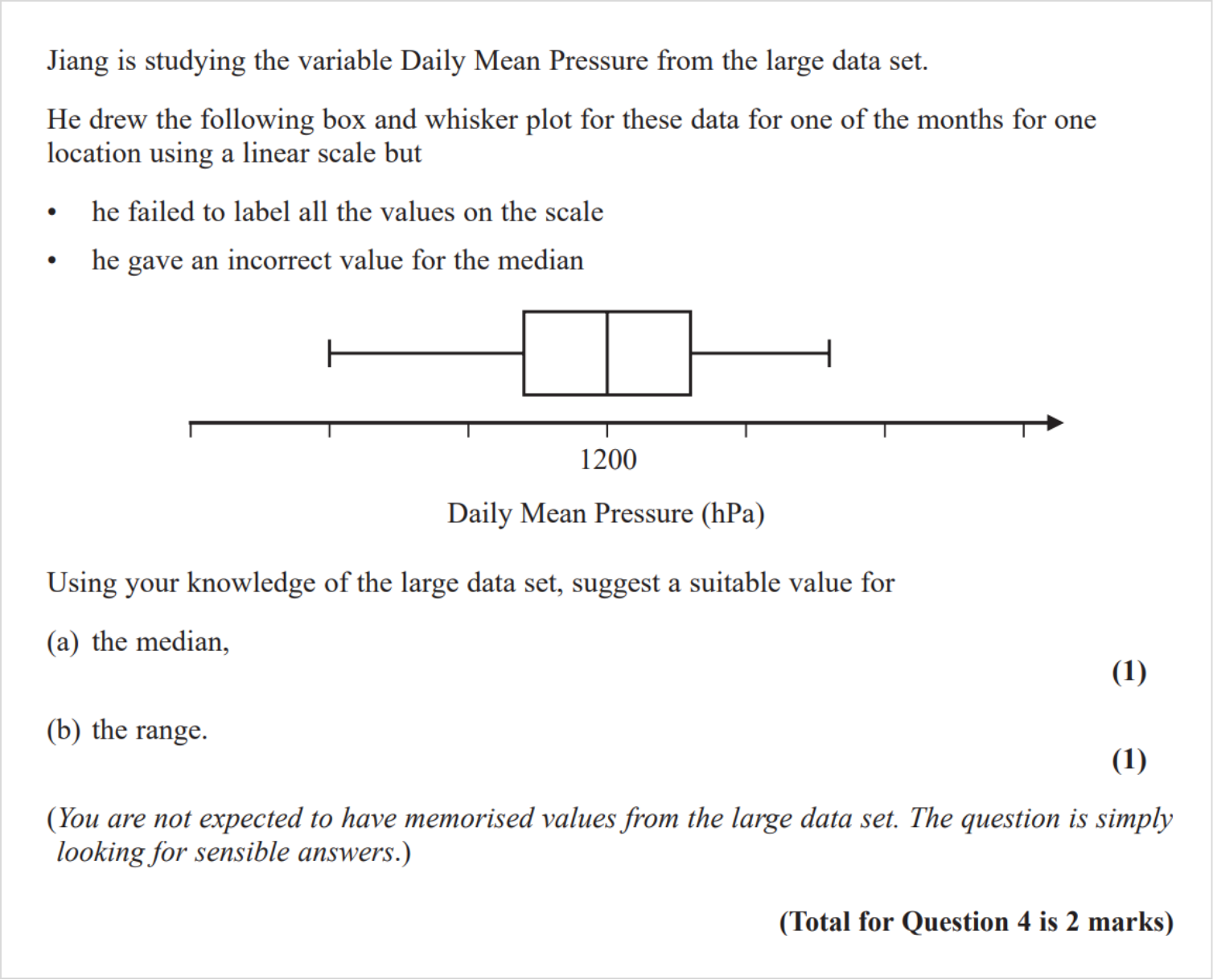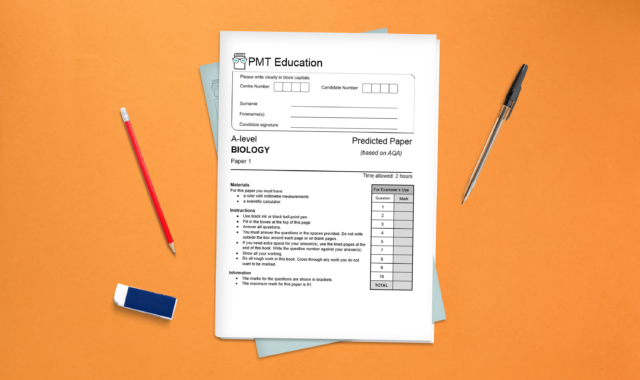Contents:
The Large Data Set (LDS) has been part of A Level Maths since 2017, introduced as part of the shift to linear assessment. It’s a pre-released spreadsheet of real-world data, intended to help students engage with statistics in a meaningful way. Sounds great in theory—but in practice, it’s often misunderstood or overlooked.
Unfortunately, most schools only had a couple of years to get to grips with the new A Level before Covid severely impacted teaching and learning. Like many teachers, I found myself focusing on topics I knew I could confidently teach remotely. The LDS was unfamiliar, and past paper questions were so specific—and worth so few marks—that I didn’t think it made sense to dedicate too much time to it. I wasn’t alone.
Examiner reports from the time reflect this pattern:
“Although the specification requires students to be ‘familiar’ with the large data set, for this sitting it is understandable that many would not have had as much time for familiarisation as would be desirable.” 2022 Examiners’ Report
Even now, with teaching back in classrooms, many teachers still don’t prioritise this element of the course. But my perspective has changed. Through my work as a Subject Specialist for Pearson and delivering CPD, I’ve come to appreciate the Large Data Set as a genuinely useful tool. Here’s what I’ve learned—and what I wish I’d known sooner.
What’s the point of the Large Data Set?
The Large Data Set was introduced with the intention of changing the way statistics is taught (Ofqual, 2015). The idea was to give students the chance to work with real data using relevant technology, and to see statistics as something applied—not just theoretical.
All exam boards were instructed to include at least one LDS in their specifications—OCR even have three! These datasets cover topics such as weather, transport, and finance.
In principle, this is a brilliant idea. In practice, however, the implementation hasn’t quite matched the ambition. Because students don’t have access to the LDS in exams, questions often rely on short extracts or no data at all—meaning they test familiarity, not analysis or application.
The assumption is that students have used the LDS so extensively in lessons that they’ll recognise the data in the exam. But that’s rarely the case.

How can I help my students become familiar with the Large Data Set?
Don’t rely on past paper questions to teach the Large Data Set. While they’re great for most topics, in this case, they only assess familiarity—they don’t build it.
Instead, I recommend giving students hands-on access to the LDS, either by booking a lesson in the ICT room or by printing A3 copies of key sheets. Then, use past paper questions as inspiration—not as the activity itself.
Here’s a simple task I’ve used with students to help them actively engage with the data and the past paper question that inspired it:

Classroom activity:
- Choose a location and two months from the LDS
- Generate a sample of 20 daily mean pressure values for each month
- Calculate the quartiles
- Draw two box and whisker plots on the same axis
- Compare and contrast your box plots
- Without revealing your location, show your plots to a peer—can they guess where the data came from?
This activity gets students engaging directly with the dataset, navigating the sheets, and making decisions about what to use—all of which builds the kind of familiarity that examiners are looking for.

But it’s only worth a few marks… Does it even matter?
Yes—absolutely!
While LDS-specific questions might only be worth a few marks, the dataset provides a rich context to teach a large portion of the statistics content. This includes:
- Sampling
- Measures of location and spread
- Hypothesis testing
- Representations of data
By integrating the Large Data Set into your teaching of these topics, you’re not just helping students memorise data—they’re developing a stronger, more applied understanding of statistics as a whole.
Want to learn more?
If you’d be interested in a CPD session that dives deeper into the Large Data Set and explores practical ways to teach it, let us know by leaving a comment below.







Comments